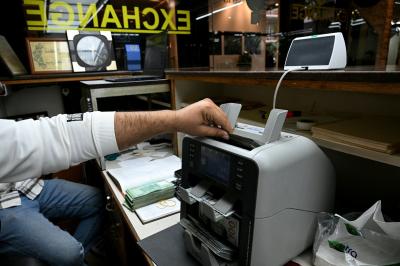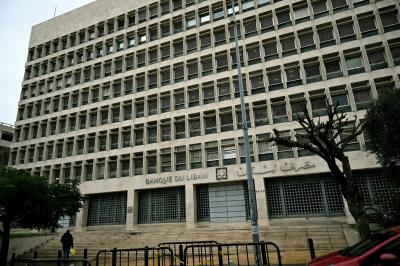More than a decade after their displacement, hopes are once again pinned on the return of Syrian refugees to their homeland. Over the years, the steadily growing number of refugees—now estimated to make up nearly a third of Lebanon’s population—has compounded the country’s overlapping crises. The economic burden has been especially severe. Former Prime Minister Hassan Diab estimated Lebanon’s economic losses due to the refugee crisis at $46.5 billion between 2011 and 2018—an average of $6.6 billion per year—during his address to the Fifth Brussels Conference. Meanwhile, the total aid Lebanon received between 2015 and 2022 reached $9 billion, or about $1.2 billion per year, according to UNHCR figures.
Now that international organizations have begun lifting their objections to refugee returns—and with frameworks in place to organize and finance the process—could repatriation finally become a reality? And what impact might this have on Lebanon’s fragile economy?
A New Phase, Internationally Backed
Unlike previous initiatives, this return plan enjoys backing from international organizations, a structured timeline, and secured financial support. The funds are allocated to two main programs: voluntary individual return and organized voluntary return. Each returning family member receives a one-time cash grant of $100, while every household is granted an additional $400 to help with reintegration. These grants are distributed by UNHCR inside Syria.
However, should the voluntary phase fall short of expected numbers, the plan could shift toward forced return after one year, with progress assessments determining the course of action.
A Dead Horse?
In typical fashion, the current plan leans on the “carrot and stick” approach. On one side, the Lebanese and Syrian governments—supported by international agencies—have waived late fines for refugees, facilitated transport, and expedited document processing inside Syria. On the other, UNHCR announced it would fully halt medical support for refugees in Lebanon by the end of the year due to significant funding shortfalls.
Yet this whole operation might be doomed from the start. As one popular saying suggests, “The horse is dead.” Neither carrots nor sticks will work unless the conditions awaiting Syrians back home are demonstrably better than those—however poor—in Lebanon.
Economic Challenges in Syria
Syria’s economy is attempting a fundamental transformation from a quasi-socialist model to a neoliberal one. But this transition—both structural and cultural—will take time, investment, and a stable financial environment. At present, the outlook remains grim.
According to a UNDP report, 90% of Syria’s population suffers from multidimensional poverty, and 66% live below the extreme poverty line. Half of all families cannot meet their basic needs. Despite promises to raise public sector salaries by 400%, most civil servants have only received a twofold increase, with average monthly salaries hovering around $25. These raises are temporarily funded by a $29 million monthly Qatari grant for three months.
In the private sector, the minimum wage stands at 750,000 Syrian pounds—around $75, based on an exchange rate of 10,000 SYP to the dollar. Meanwhile, Syria's economy cannot fund raises for its 1.3 million public employees.
Anemic GDP Per Capita
To restore GDP per capita to even half of its pre-2011 levels, Syria would need annual growth of 13% between 2024 and 2030, according to the ESCWA and UNCTAD joint report “Syria at a Crossroads: Toward a Stable Transition.” Reaching a per capita GDP of $5,000 by 2035—a modest target—would require sustained annual growth of 20%.
Fragile Security
All economic aspirations are hampered by Syria’s deeply fragile security and political situation, which continues to repel investment. Even in Syria’s oil-rich regions—estimated to hold 2.5 billion barrels of crude—control remains in the hands of the U.S.-backed Syrian Democratic Forces (SDF), far from Damascus’s authority.
Lebanon: A Harsh Reality, Yet Still Better
Given these stark realities, it’s economically rational for many Syrian workers to remain in Lebanon. Unskilled Syrian laborers typically earn between $10 and $20 per seven-hour day, which translates to a monthly income ranging from $250 to over $1,000. That is several times what they could earn in Syria.
An estimated 750,000 to 1 million Syrian refugees in Lebanon are part of the labor force, nearly matching the number of Lebanese employed in the private sector.
The real solution to Lebanon’s labor market distortion isn’t a symbolic gesture toward return, but the enforcement of clear labor regulations. This includes requiring work permits for all foreign workers—without exception—enrolling them in the social security system, prosecuting those working in prohibited professions, and applying taxes and fees on par with other foreign laborers.
These measures may not eliminate the problem of illegal labor overnight, but they would increase pressure on employers and workers alike, potentially prompting a gradual replacement of Syrian labor with Lebanese alternatives.
Please post your comments on:
[email protected]
 Politics
Politics













